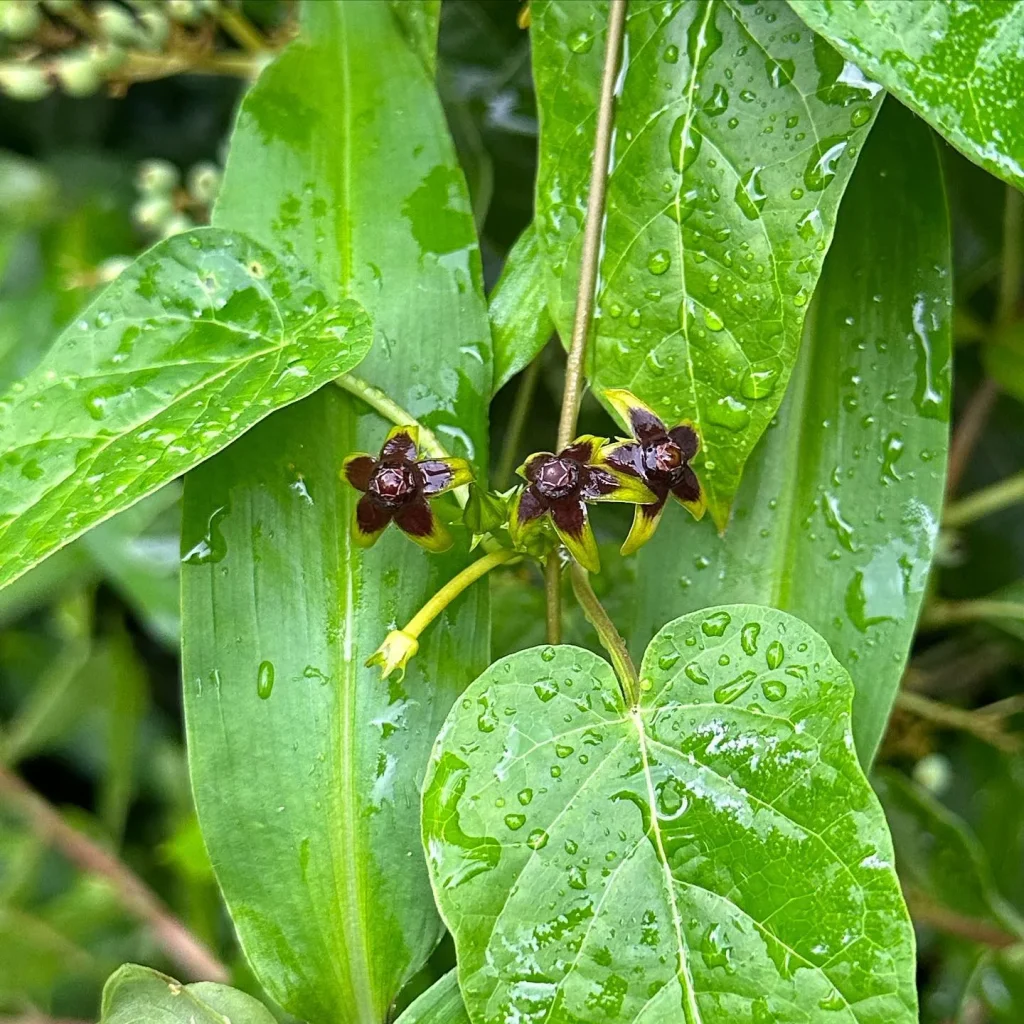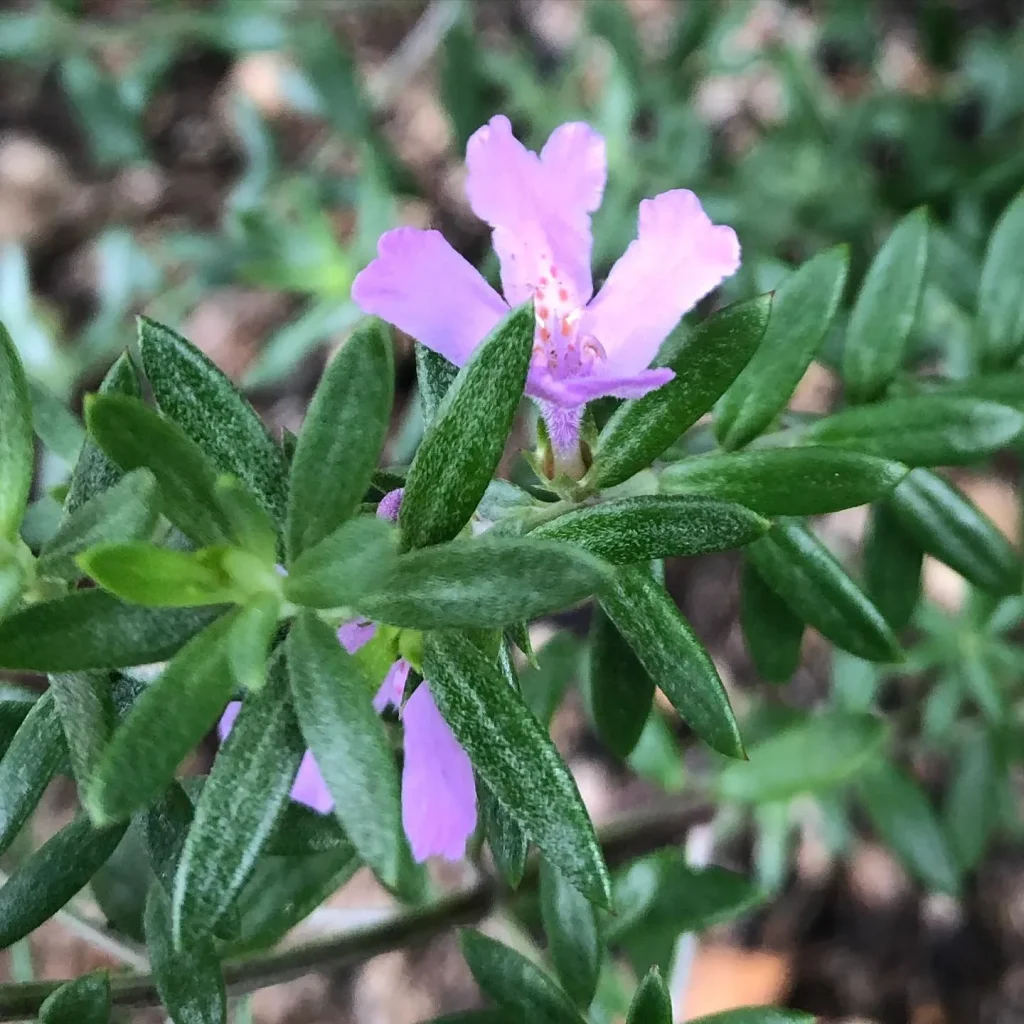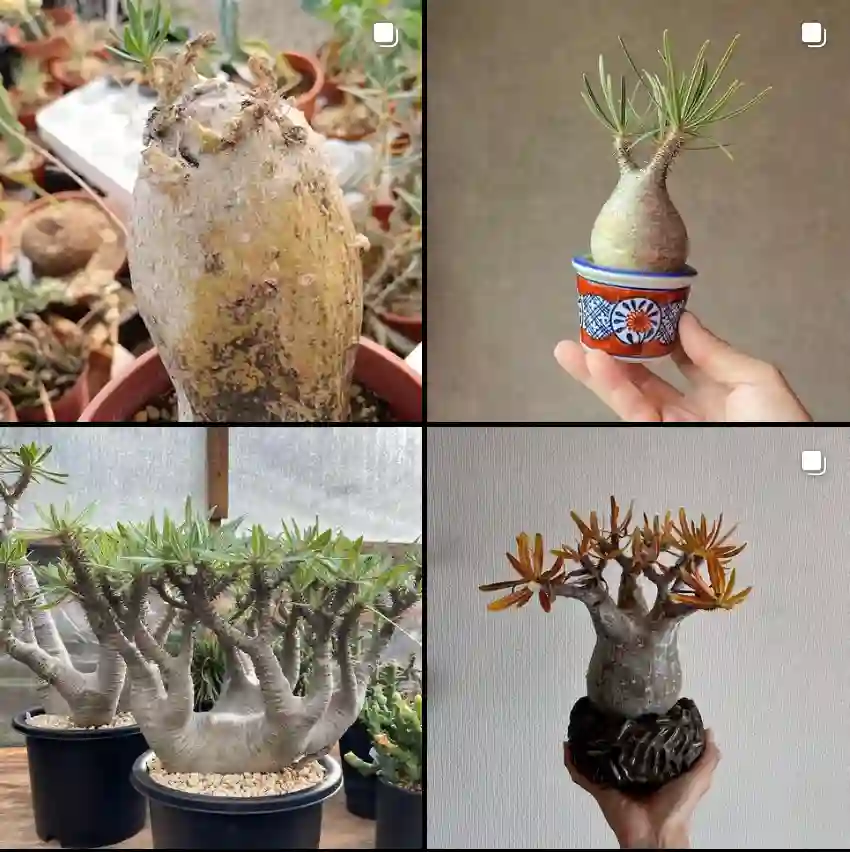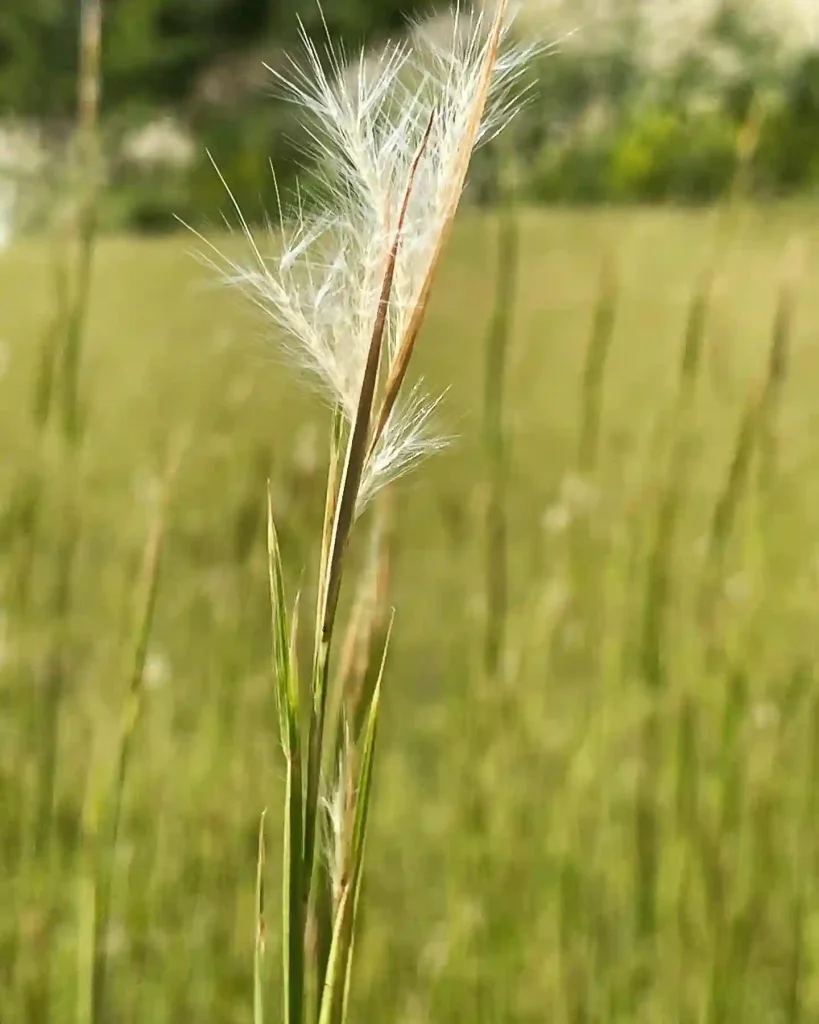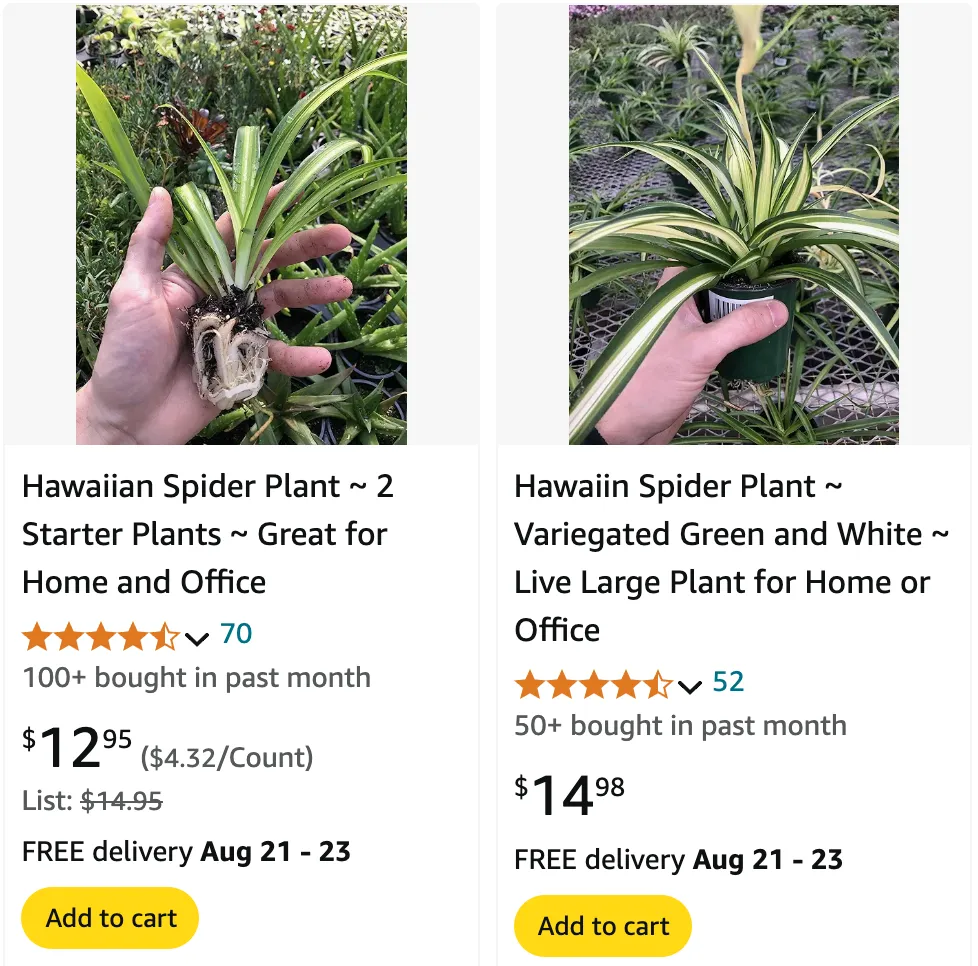
FAQs About Hawaiian Spider Plant
When I first encountered the Hawaiian Spider Plant, I was intrigued by its lush foliage and unique appearance. If you’re considering adding one to your plant collection or just curious about how to care for it, you might have a few questions. Here’s a detailed guide on everything you need to know about the Hawaiian Spider Plant.
What Is a Hawaiian Spider Plant?
The Hawaiian Spider Plant is a charming, tropical variant of the well-known Spider Plant (Chlorophytum Comosum). Unlike its more common relatives, the Hawaiian Spider Plant has broader, more arching leaves with a vibrant green hue and occasional white stripes. It’s admired for its attractive, cascading leaves and ease of care.
Hawaiian Spider Plant Care
Caring for a Hawaiian Spider Plant is relatively straightforward. Here’s a breakdown of what it needs to thrive:
- Light: This plant prefers bright, indirect light. Direct sunlight can scorch its leaves, so place it in a spot where it gets filtered light or partial shade. It’s quite tolerant of lower light conditions, making it a versatile choice for various indoor environments.
- Water: Keep the soil consistently moist but not waterlogged. Water it when the top inch of soil feels dry. Overwatering can lead to root rot, so ensure the pot has good drainage.
- Humidity: Hawaiian Spider Plants enjoy higher humidity levels. If your home is dry, consider placing a humidifier nearby or misting the plant occasionally.
- Temperature: They thrive in temperatures ranging from 60°F to 75°F (15°C to 24°C). Avoid exposing them to temperatures below 50°F (10°C) as they are sensitive to cold.
- Fertilizer: Feed your Hawaiian Spider Plant with a balanced, liquid houseplant fertilizer once a month during the growing season (spring and summer). Reduce feeding during fall and winter when growth slows.
- Repotting: Repot your plant every 1-2 years or when it outgrows its pot. Spring is the best time to do this, using a well-draining potting mix.
Hawaiian Spider Plants vs Spider Plants
While the Hawaiian Spider Plant and the common Spider Plant share similarities, such as their cascading leaves and easy care, they differ in appearance and growth habits. The Hawaiian Spider Plant has broader leaves with a more tropical look, while the standard Spider Plant typically features narrower, more arching leaves. Additionally, the Hawaiian variety tends to grow slightly larger and can handle more direct light compared to its counterpart.
How to Propagate Hawaiian Spider Plants?
Propagation is simple and rewarding with Hawaiian Spider Plants. Here’s how to do it:
- Offsets: Look for small plantlets or offsets that form on long, arching stems. These plantlets can be separated from the main plant and potted individually.
- Water Propagation: You can also place the offsets in a jar of water until roots develop, then transplant them into soil. Ensure the jar has good light exposure to encourage root growth.
- Soil Propagation: Alternatively, plant the offsets directly into a small pot filled with potting mix. Keep the soil moist until new growth appears.
What to Plant With Hawaiian Spider Plants?
Hawaiian Spider Plants pair well with various other houseplants. Consider grouping them with plants that have similar care requirements. Some great companions include:
- Pothos: Both plants thrive in similar conditions and complement each other’s cascading growth habits.
- Philodendron: A low-maintenance plant that shares similar light and water needs.
- Peace Lily: Adds a touch of elegance and works well in the same humidity levels.
Are Hawaiian Spider Plants Toxic to Cats?
No, Hawaiian Spider Plants are generally considered non-toxic to cats. Unlike some houseplants that can be harmful to pets, the Hawaiian Spider Plant poses no significant health risks if ingested by cats. However, eating large amounts may still cause minor digestive upset, so it’s best to keep an eye on your pets and ensure they don’t munch on your plants.
Common Problems and Solutions
- Brown Tips: If you notice brown tips on the leaves, it could be due to low humidity or inconsistent watering. Increase humidity and ensure you’re watering the plant properly.
- Yellow Leaves: Yellowing leaves often indicate overwatering. Check the soil for moisture levels and adjust your watering routine accordingly.
- Pests: Hawaiian Spider Plants are relatively pest-resistant, but keep an eye out for common pests like spider mites or aphids. Treat infestations promptly with insecticidal soap or neem oil.
Conclusion
The Hawaiian Spider Plant is a delightful addition to any indoor garden, known for its easy care and striking appearance. By providing the right light, water, and humidity, you can enjoy its lush, tropical beauty for years. Whether you’re a seasoned plant enthusiast or a novice, this plant is sure to bring a touch of paradise into your home.
If i die, water my plants!
